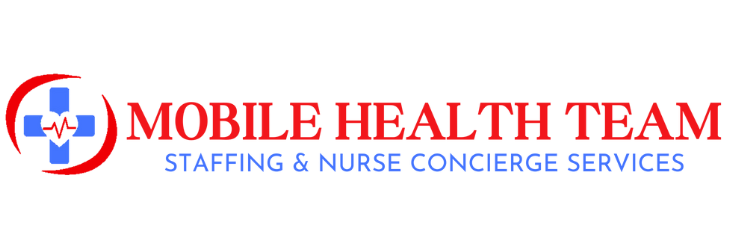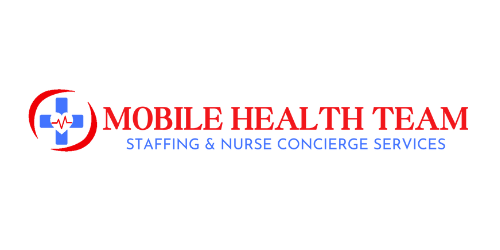The workplace is evolving rapidly, driven by advancements in technology, shifting employee expectations, and global economic changes. For businesses to remain competitive, they must stay ahead of workforce trends and adapt to the new dynamics of work. Here’s a look at key trends shaping the future of work and how businesses can navigate these changes effectively.
1. Embracing Remote and Hybrid Work Models
The shift to remote and hybrid work is here to stay. Employees now expect greater flexibility, and businesses must adapt by implementing policies that support remote collaboration, productivity, and work-life balance.
How to Adapt:
- Invest in digital collaboration tools like Zoom, Slack, and Microsoft Teams.
- Create clear guidelines for remote work expectations.
- Offer hybrid work options to accommodate diverse employee needs.
2. Prioritizing Employee Well-Being and Mental Health
With increasing workplace stress and burnout, companies must focus on employee well-being. Organizations that invest in mental health initiatives see improved retention, engagement, and productivity.
How to Adapt:
- Implement employee wellness programs.
- Encourage flexible work schedules and time off.
- Provide access to mental health resources and counseling.
3. The Rise of Automation and AI in the Workplace
Artificial intelligence (AI) and automation are transforming industries, replacing repetitive tasks and enhancing efficiency. However, businesses must balance automation with human workforce development.
How to Adapt:
- Train employees in digital skills and AI applications.
- Use AI to enhance productivity rather than replace human talent.
- Implement automation for repetitive tasks to free up employees for strategic work.
4. Upskilling and Continuous Learning
The fast pace of technological change requires businesses to prioritize continuous learning and skill development. Companies that invest in upskilling employees will have a competitive advantage.
How to Adapt:
- Offer training programs and online courses.
- Encourage professional development and certifications.
- Support internal career growth opportunities.
5. Diversity, Equity, and Inclusion (DEI) as a Business Imperative
A diverse workforce leads to innovation and better decision-making. Companies that prioritize diversity, equity, and inclusion will attract top talent and enhance their brand reputation.
How to Adapt:
- Establish DEI initiatives and training programs.
- Create inclusive hiring and promotion practices.
- Foster a culture where diverse voices are valued and heard.
6. Redefining Leadership for the Modern Workplace
Leaders must adapt to new ways of managing remote teams, fostering innovation, and maintaining company culture in a digital-first environment.
How to Adapt:
- Develop leadership training focused on emotional intelligence and adaptability.
- Encourage transparent and empathetic communication.
- Leverage technology to maintain team cohesion and collaboration.
7. The Gig Economy and the Rise of Freelance Work
More professionals are choosing freelance and contract work over traditional employment. Businesses must rethink workforce models to leverage independent talent effectively.
How to Adapt:
- Incorporate freelancers and contractors into your workforce strategy.
- Use platforms like Upwork and Fiverr for specialized projects.
- Offer short-term contracts with competitive pay and benefits.
Final Thoughts
The future of work is dynamic and constantly evolving. Businesses that embrace flexibility, invest in employee development, and leverage technology will thrive in this new landscape. By staying ahead of workforce trends, companies can build a resilient, productive, and engaged workforce for years to come.



